The Snow Leopard’s Ghost-Like Vision

High in the Himalayas, where moonlight barely penetrates the rocky terrain, snow leopards hunt with supernatural precision. Their eyes contain six times more rod cells than humans, making them virtual night vision machines.
These elusive cats can spot prey from over 500 meters away in conditions that would leave us completely blind. Their pale green eyes reflect even the faintest starlight, creating an almost ethereal glow that has earned them the nickname “ghost of the mountains.”
Leopards: The Ultimate Stealth Predators

Regular leopards might be the most skilled nocturnal hunters in the big cat world. They can see seven times better than humans in low light conditions, making midnight hunts feel like broad daylight to them.
Their exceptional night vision allows them to drag prey twice their body weight up into trees under complete darkness. This ability to hunt and cache food at night gives them a massive advantage over other predators who rely on daylight.
Jaguars Navigate the Amazon’s Darkest Depths

Deep in the Amazon rainforest, where the canopy blocks out 95% of sunlight, jaguars move like shadows through the undergrowth. Their eyes have adapted to capture every photon of available light, even in near-pitch darkness.
These powerful cats can hunt caimans and fish in murky waters where visibility is virtually zero. Their night vision is so acute that they can detect the slightest movement of prey beneath the water’s surface, making them formidable aquatic predators.
Lions Rule the African Night
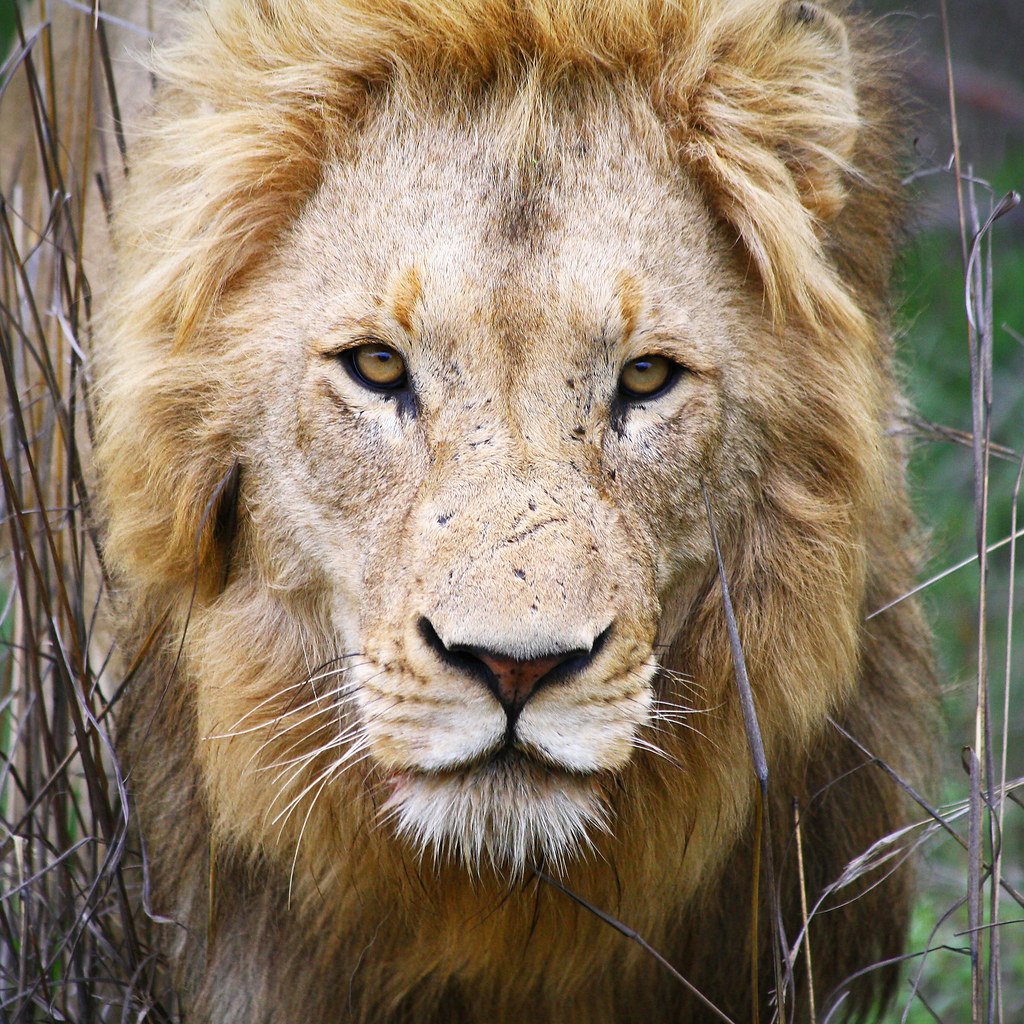
While lions are known for their daytime pride dynamics, they’re actually most active during the cooler nighttime hours. Their eyes can gather light six times more efficiently than human eyes, turning the African savanna into their personal hunting ground.
A lion’s night vision is so sharp that they can coordinate complex group hunts in complete darkness. Pride members can silently communicate and position themselves around prey without making a sound, relying entirely on their superior night sight.
Tigers: Silent Death in the Jungle Shadows
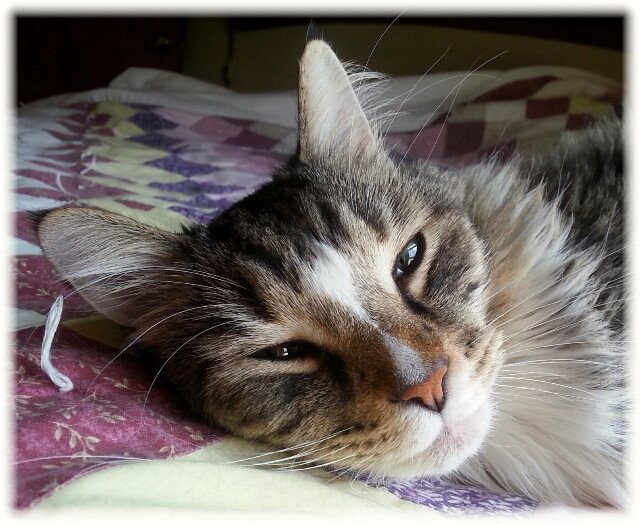
Tigers possess some of the most advanced night vision capabilities in the animal kingdom. Their eyes contain a special reflective layer called the tapetum lucidum, which acts like a biological mirror to amplify available light.
In the dense forests of Asia, tigers can track prey through complete darkness, following scent trails and movement patterns invisible to other animals. Their striped camouflage becomes even more effective at night, making them nearly impossible to detect until it’s too late.
Pumas Master Mountain Darkness
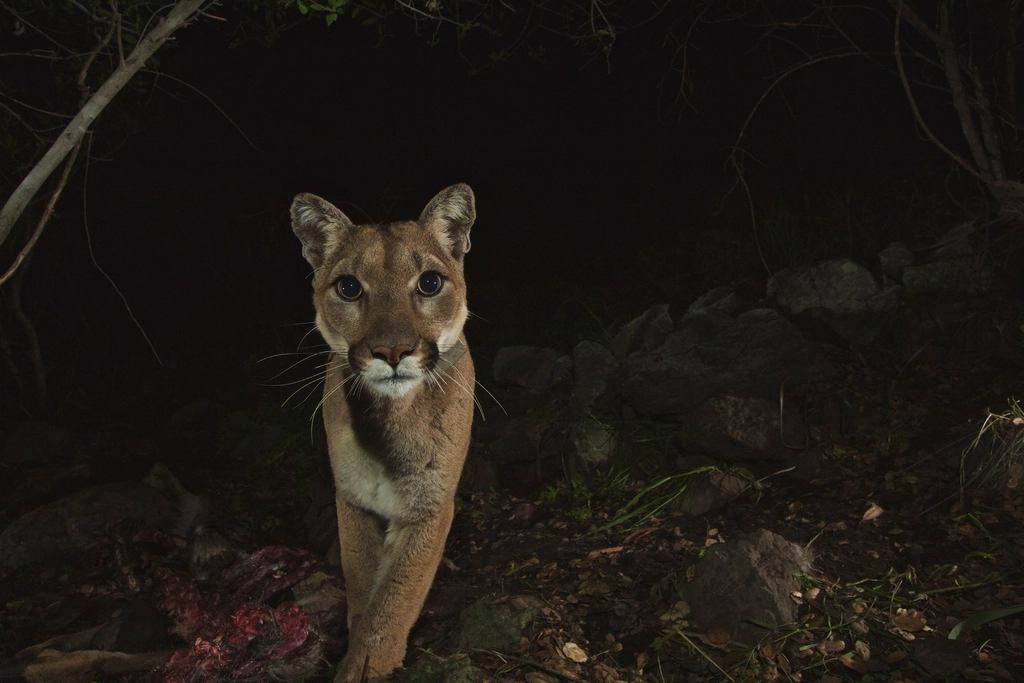
From the rocky peaks of the Andes to the dense forests of North America, pumas have evolved extraordinary night vision to navigate diverse terrains. Their large eyes can dilate to massive proportions, capturing every available photon of light.
These adaptable cats can hunt successfully in conditions ranging from star-filled mountain nights to the shadowy depths of old-growth forests. Their ability to leap 15 feet vertically in near-total darkness demonstrates just how precise their night vision truly is.
Cheetahs: Speed Demons Even in Darkness
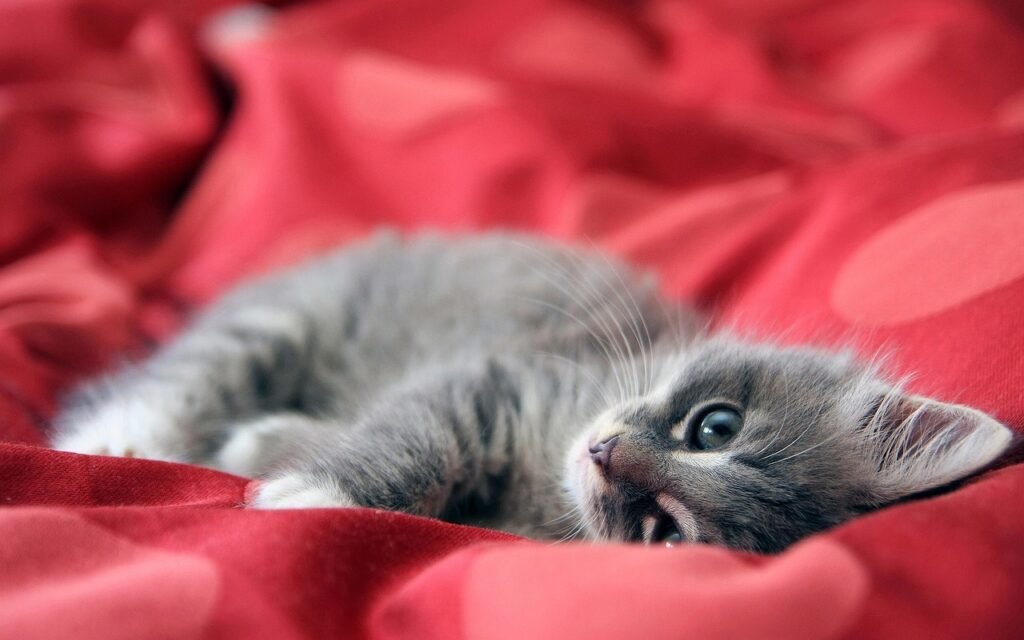
While cheetahs are famous for their daylight speed, their night vision capabilities are equally impressive. These cats can maintain their incredible acceleration and agility even when hunting in low-light conditions.
Their eyes are specially adapted to track fast-moving prey across the savanna at dusk and dawn. Unlike other big cats, cheetahs rely on their exceptional vision to coordinate their legendary bursts of speed, making them effective hunters during the twilight hours when many prey animals are most active.
The Science Behind Their Supernatural Sight
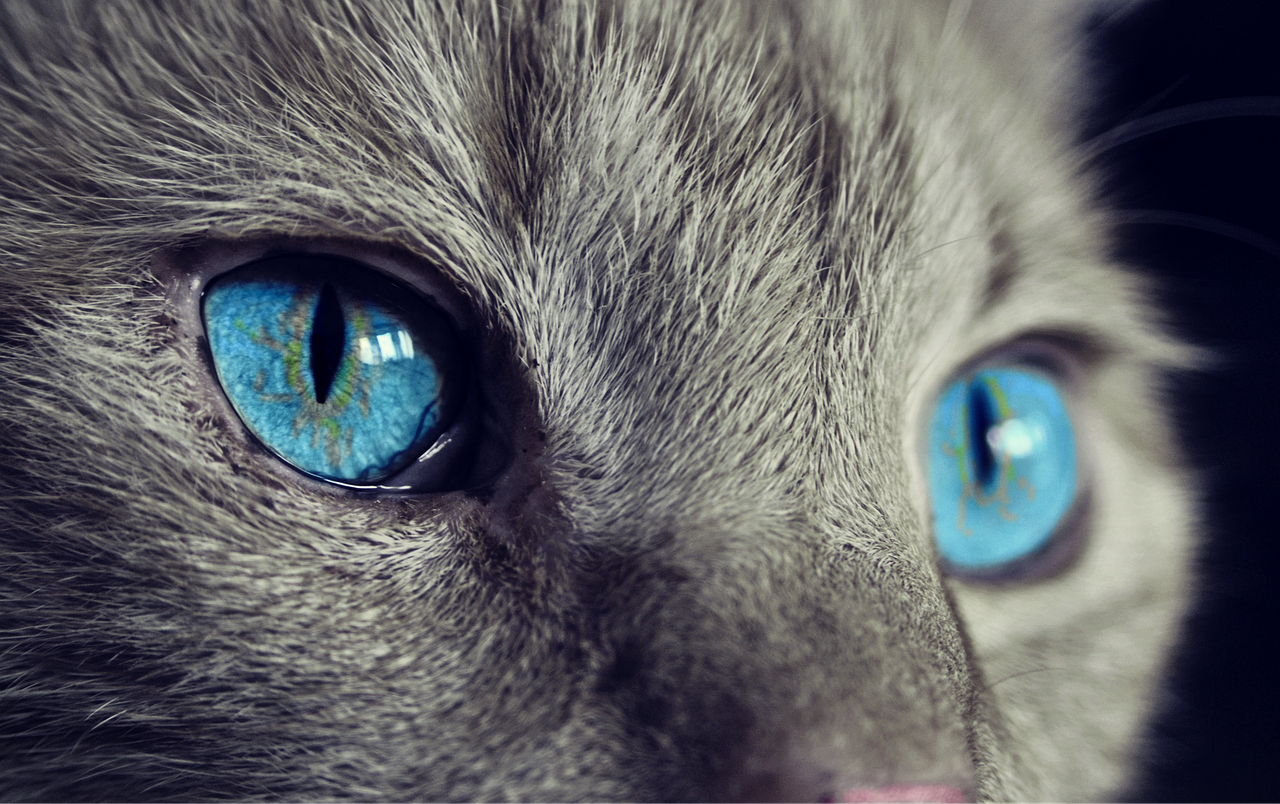
All these big cats share similar anatomical adaptations that give them their incredible night vision. Their eyes contain a higher concentration of rod cells, which are photoreceptor cells specifically designed to detect light in low-light conditions.
The tapetum lucidum, a reflective layer behind the retina, acts like a biological flashlight, bouncing light back through the eye for a second chance at detection. This is why their eyes appear to glow when light hits them directly, creating that haunting shine we associate with nocturnal predators.
Evolutionary Advantages of Night Vision
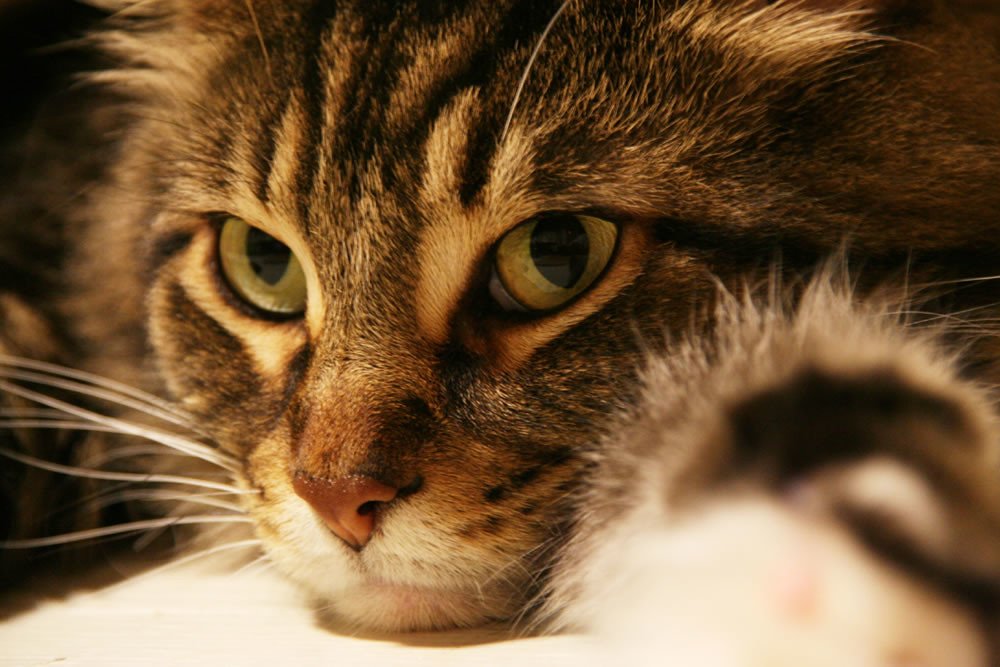
These extraordinary visual capabilities didn’t develop by accident. Over millions of years, big cats that could hunt effectively at night had significant survival advantages over their day-hunting competitors.
Night hunting allows these predators to avoid the heat of the day in hot climates, reduce competition with other predators, and target prey animals that are most active during cooler hours. It’s a perfect example of how evolution fine-tunes survival tools to match environmental challenges.
How Their Night Vision Compares to Technology
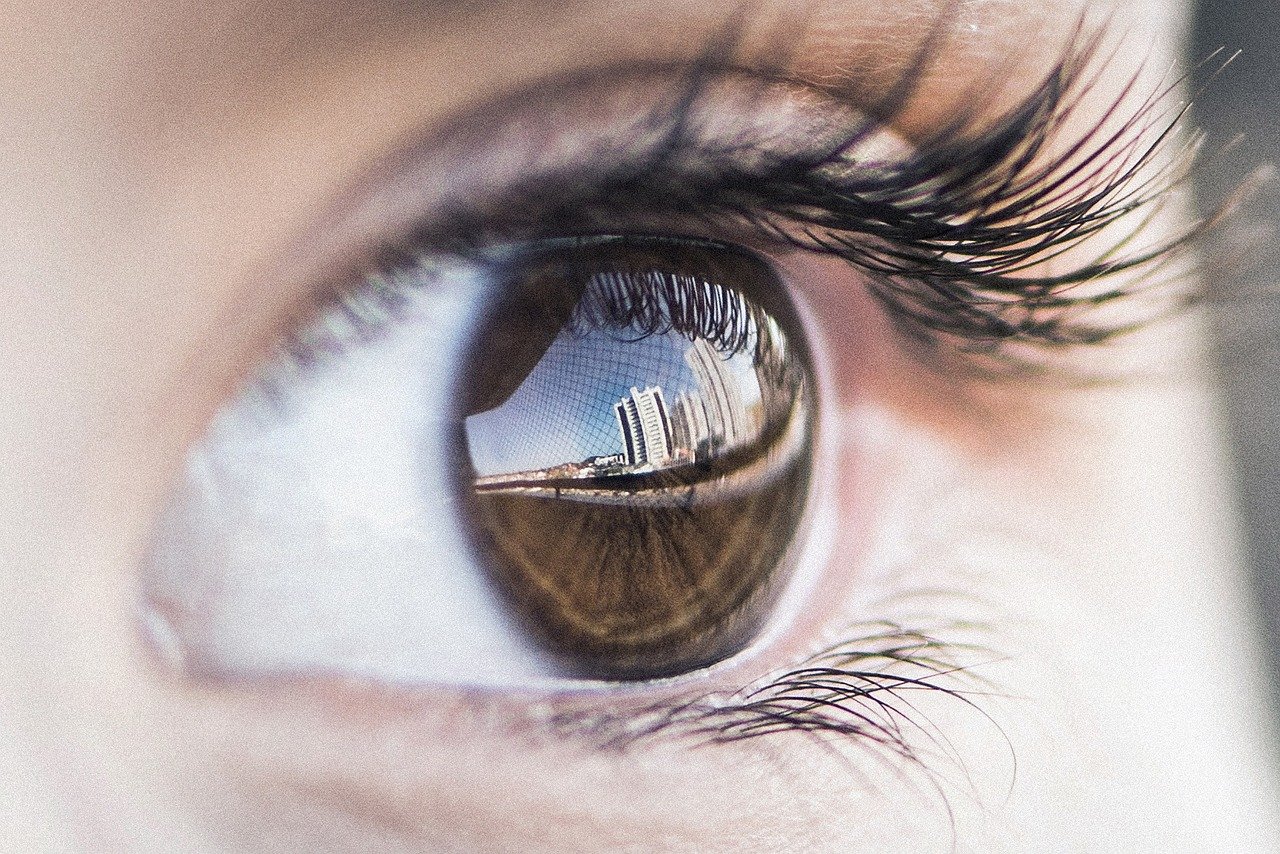
Modern night vision goggles can amplify available light by about 20,000 times, but they still can’t match the natural efficiency of a big cat’s eyes. These animals have perfected a system that works silently, never runs out of battery, and provides crystal-clear images in conditions that would challenge our best technology.
Military and wildlife researchers continue to study these remarkable adaptations, hoping to improve artificial night vision systems. The way these cats process and interpret low-light information remains more sophisticated than anything humans have created.
The Future of These Night Hunters
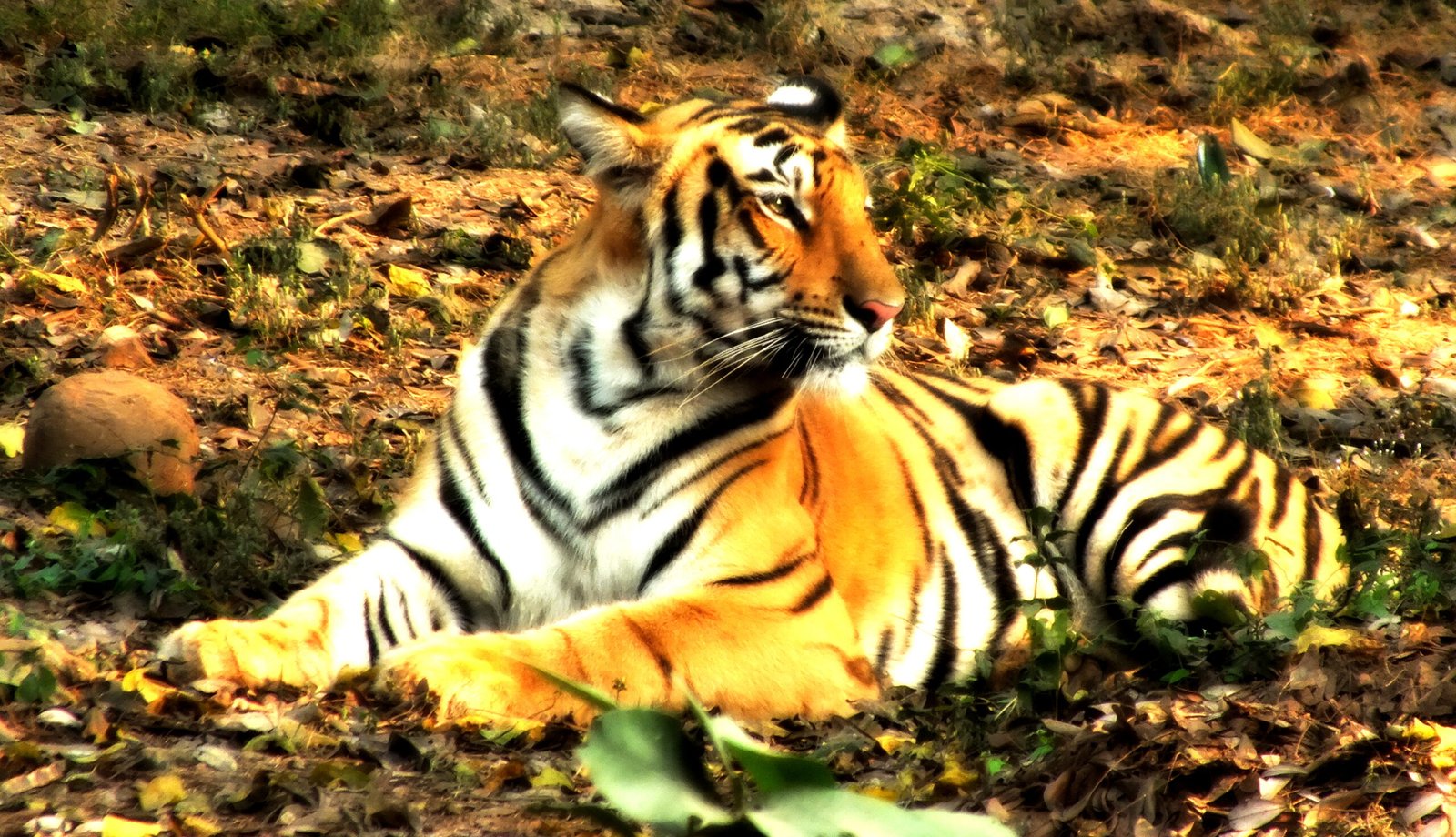
As human development continues to encroach on wild habitats, these incredible night vision adaptations become even more crucial for big cat survival. Light pollution from cities and towns is beginning to affect their natural hunting patterns and behaviors.
Conservation efforts now focus not just on protecting territory, but also on preserving the dark spaces these cats need to utilize their evolutionary advantages. Understanding and protecting their nighttime world is essential for ensuring these magnificent predators continue to rule the darkness for generations to come.
These remarkable hunters have turned the cover of darkness into their greatest weapon, proving that sometimes the most powerful abilities are the ones we can’t see coming. Which of these shadow masters would you be most amazed to encounter on a moonless night?
Hi, I’m Bola, a passionate writer and creative strategist with a knack for crafting compelling content that educates, inspires, and connects. Over the years, I’ve honed my skills across various writing fields, including content creation, copywriting, online course development, and video scriptwriting.
When I’m not at my desk, you’ll find me exploring new ideas, reading books, or brainstorming creative ways to solve challenges. I believe that words have the power to transform, and I’m here to help you leverage that power for success.
Thanks for stopping by, Keep coming to this website to checkout new articles form me. You’d always love it!





